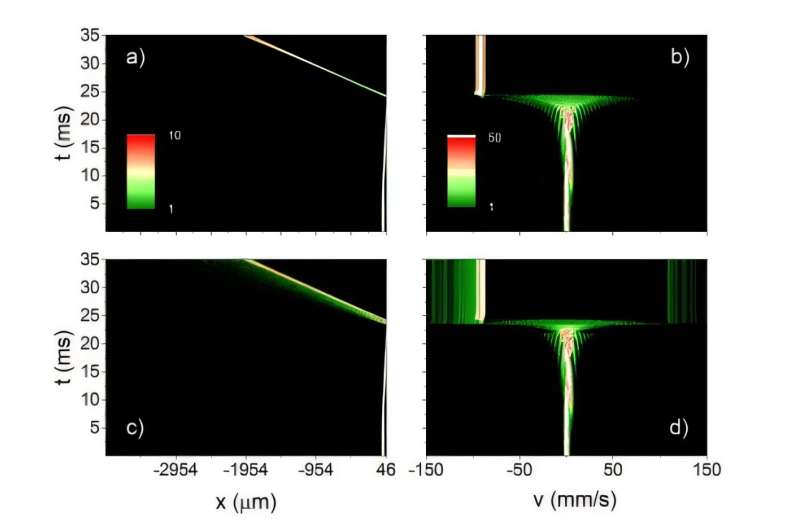
Scientists have demonstrated a groundbreaking method of particle acceleration using ultracold atoms, paving the way for new insights into cosmic ray behavior. This achievement, detailed in a study published on July 9, 2025, in Physical Review Letters, marks a significant advancement in high-energy astrophysics.
The research team, comprised of experts from the University of Birmingham and the University of Chicago, successfully created a controllable Fermi accelerator. This innovative device, measuring just 100 micrometers, can rapidly accelerate ultracold samples to speeds exceeding half a meter per second. By colliding trapped ultracold atoms with engineered movable potential barriers, the researchers have closely observed the Fermi acceleration mechanism, originally proposed by physicist Enrico Fermi in 1949.
Fermi acceleration is crucial for understanding cosmic rays, the high-energy particles that permeate space. Until now, replicating this phenomenon on Earth had proven challenging. The team’s findings provide the first direct verification of Bell’s result, which underpins all cosmic ray acceleration models.
Co-author Dr. Amita Deb from the University of Birmingham remarked, “Results delivered by our Fermi accelerator surpass the best-in-class acceleration methods used in quantum technology.” The simplicity and compact design of the accelerator, along with the absence of theoretical limits, signal its potential for widespread application.
The device’s ability to generate ultracold atomic jets allows for high-precision control over particle acceleration. This opens up new avenues for investigating critical astrophysical processes, including particle acceleration at shocks, magnetic reconnection, and turbulence. Such studies are essential for a deeper understanding of the universe’s workings.
Future explorations will focus on how varying interactions influence acceleration rates and maximum energy outputs, offering vital insights for both theoretical and experimental physics. The team aims to extend their research to fields such as quantum chemistry and atomtronics, further broadening the potential applications of this technology.
Lead author Dr. Vera Guarrera emphasized, “Our work represents the first step towards the study of more complex astrophysical mechanisms in the lab.” The straightforward yet effective design of the Fermi accelerator positions it as a valuable tool for advancing both fundamental research and practical applications in quantum technology.
This innovative approach not only enhances our understanding of cosmic phenomena but also sets the stage for future advancements in manipulating quantum wavepackets. As the research team continues to explore the implications of their findings, the scientific community watches with anticipation for the promising developments that lie ahead.
For further details, refer to the research article by G. Barontini et al, titled “Observation of Fermi acceleration with cold atoms,” in Physical Review Letters (2025). DOI: 10.1103/nrjv-pwy1.







